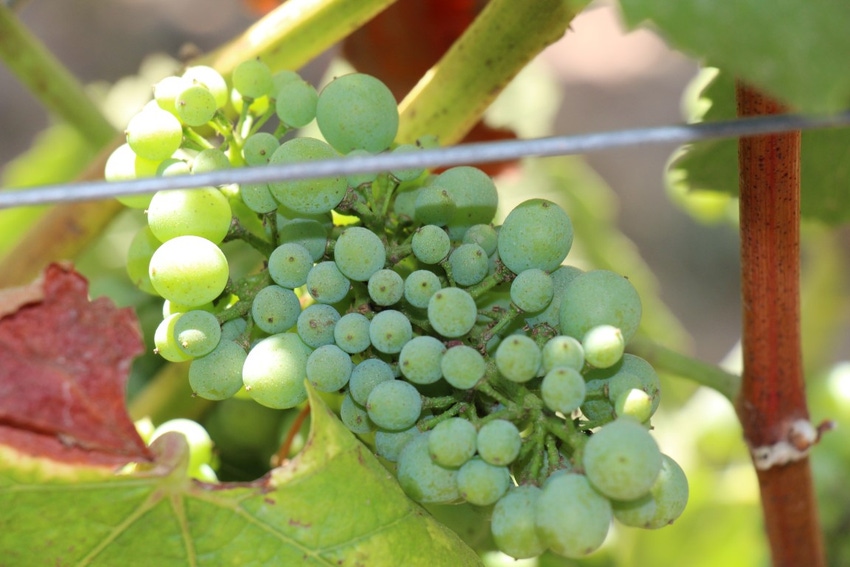November 23, 2017

Researchers have found that California’s dynamic wine production industry has likely been underreported by as much as 14-20 percent for years, and they suggest an improved method to calculate crush prices.
They report that the discrepancy has occurred because the state’s 17 crush districts use different reporting methods, especially in the share of grapes crushed for in-house wine making. It’s probably larger than most expect.
The findings, which can have a significant impact on the economic aspects of the state’s wine industry, were reported by Olena Sambucci and Julian Alston in the September-October issue of ARE Update, published by the Giannini Foundation of Agricultural Economics at the University of California (UC).
Sambucci is a post-doctoral researcher and Alston is a distinguished professor in UC’s Department of Agricultural and Resource Economics at Davis.
A chart in the report indicates that the difference in value between grape tonnages sold and those credited to growers accounts has been in the half billion dollar range each year since 2004. They estimate the real value of California-grown wine grapes in 2016 was $3.6 billion.
A basic recommendation by the authors is to try to understand how data is created even when using information from well-established familiar sources.
Although the report’s authors draw no conclusions about the amount of wine made at home by growers, plus friends and relatives, this is the segment of grape tonnages they are dealing with. Nobody is implying that the amount needs adjustment; just that the reporting procedure be updated to reflect it accurately.
It is accepted practice for wineries to maintain accounts for each grower who delivers grapes to them for crushing. As requested by those growers, the wineries crush the grapes and credit the tonnage specified by each grower to their account, actually withholding it from the market. Each grower pays the winery for costs including harvesting, crushing, hauling, and handling.
It is only natural that a wine grape grower, or a grower of any potable or edible commodity, receives a generous sample of the product they produced. It’s a traditional practice between growers and handlers of hundreds of crops.
But the manner of charging or crediting the grower’s account varies markedly from one packinghouse to another, and from winery to winery, and the amount of product returned to growers varies widely.
Among wine grape growers the amount they receive has been higher traditionally in the Napa-Sonoma and Central Coast areas than in the northern and southern Central Valley. That’s a bit of a dichotomy because Central Valley wineries crush a significantly greater tonnage of grapes, although the other areas traditionally produce higher-priced wine.
One of the tables in the report indicates that only 5 percent of the grapes crushed by wineries in the Central Valley were returned to growers to make their own wine. But in the year measured, 38 percent of grapes were credited to grower accounts in the Napa-Sonoma area, and 33 percent were returned by wineries crushing grapes produced on the Central Coast.
Talk about “estate bottled!” A lot more home bottled has been taking place than anybody recorded. The practice is not likely to change, nor should it. But the research report is likely to bring about a more stringent, better tasting, and more accurate process for keeping track. Most vintners should be willing to drink to that.
About the Author(s)
You May Also Like




